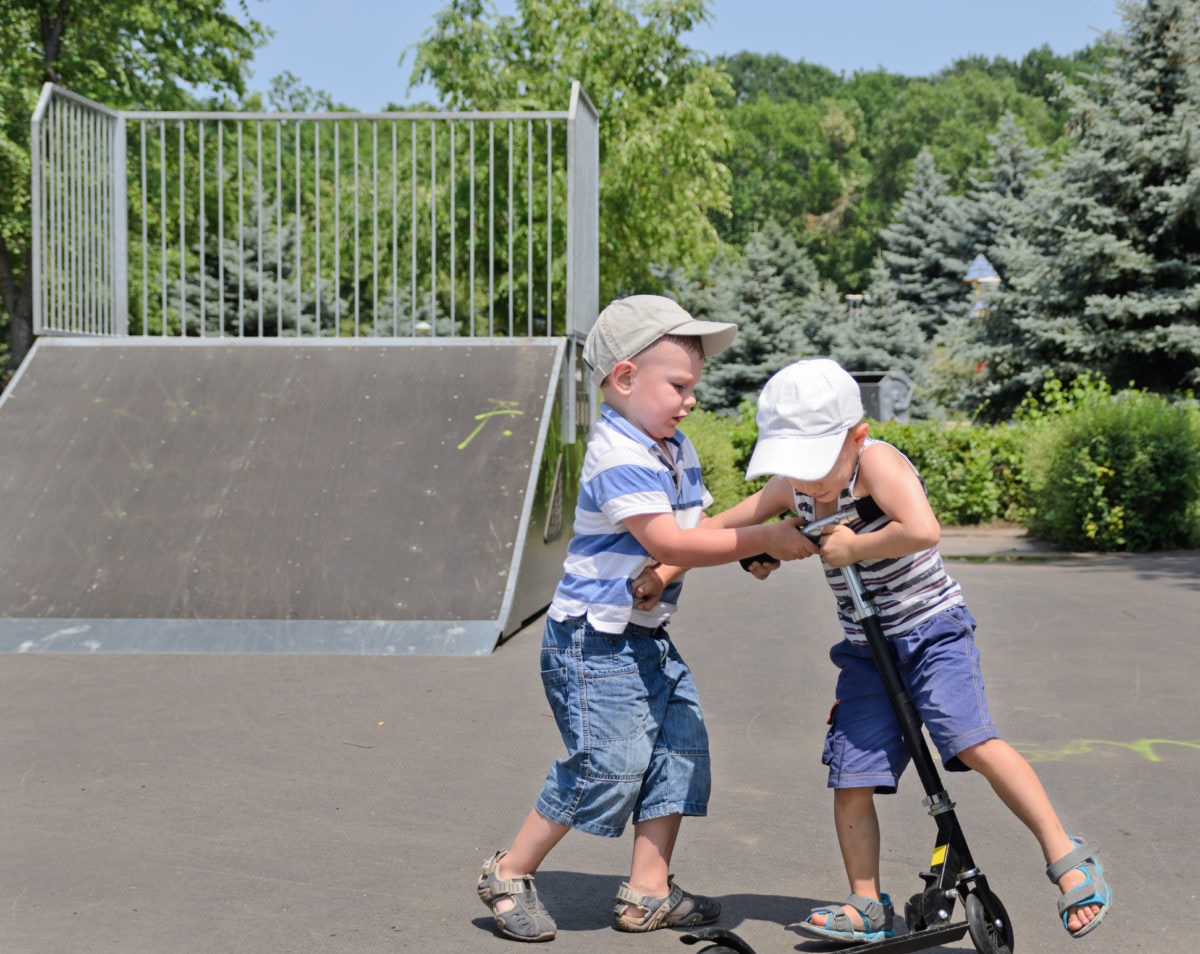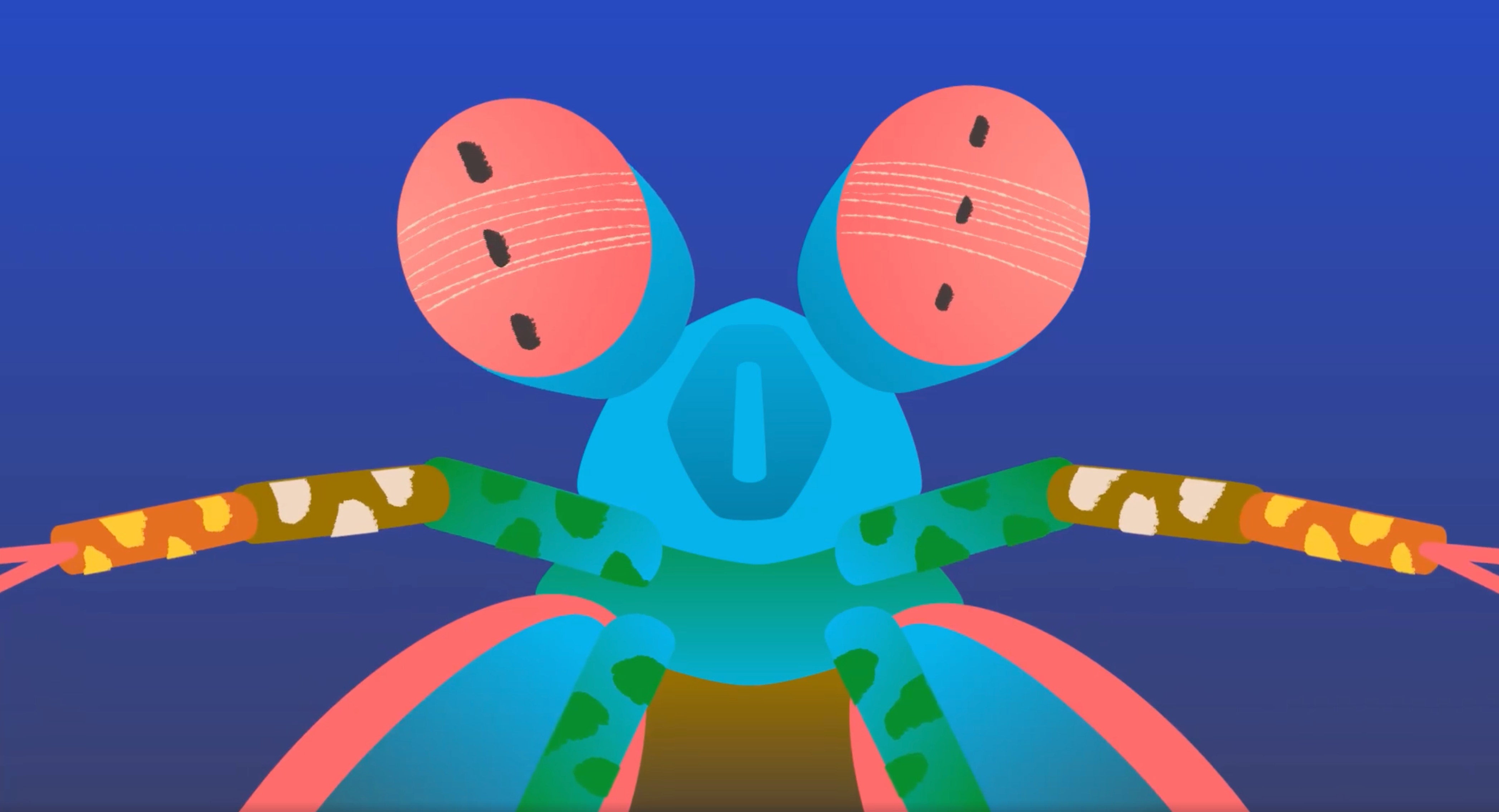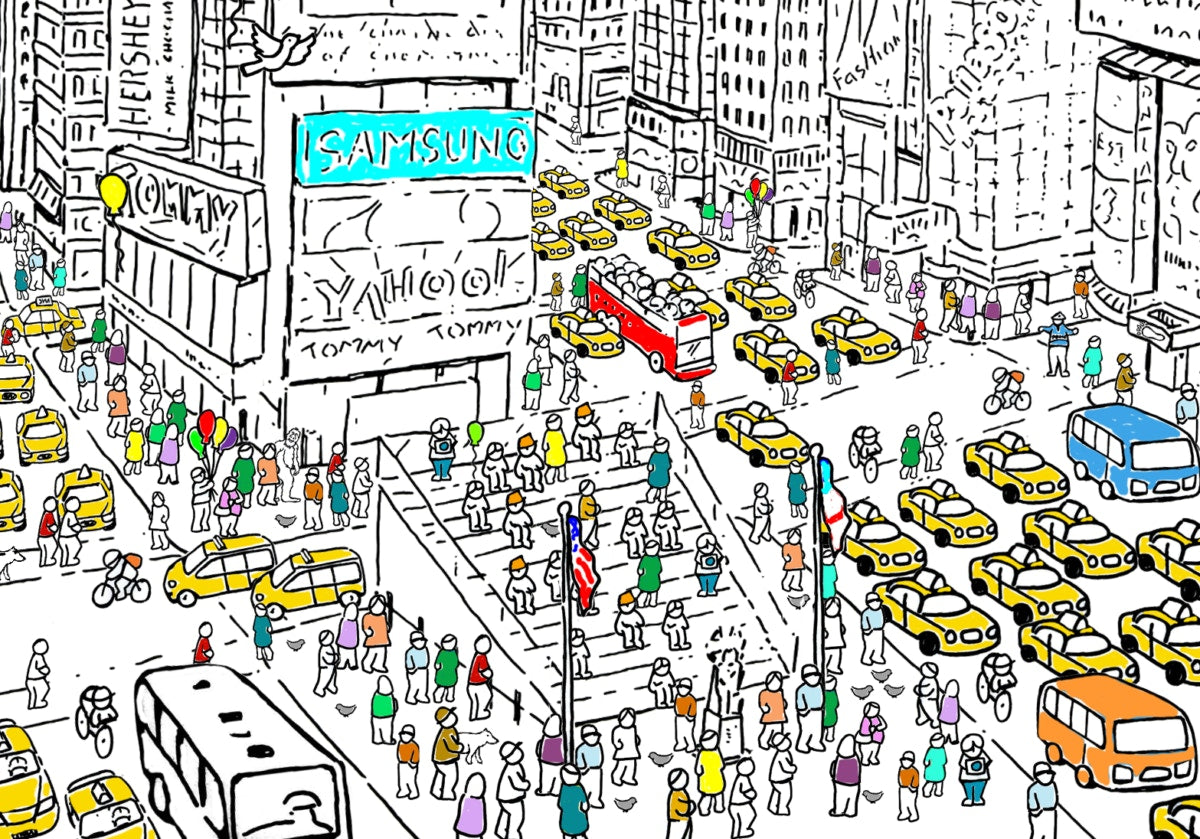Aggression in children is common, especially in toddlers. Children are developing mammals and, as part of that, they have aggressive impulses that they may even develop in play.
This was quite shocking to me when I first became a parent. At the time I strongly believed in the social-learning model in which children are largely shaped by their home environments. Then I was pinched by my firstborn and had to reconsider my point of view. My child had certainly not learned that behavior from observing me.
Aggression in young children can often be a source of conflict in mothers' groups. If your child is a biter or hitter, the responses from the group can be such that you may want to stop attending. Mothers who want to protect their babies have strong reactions to criticism of their offspring. Aggression in children may be feared, judged as a sign of abusive home life, or viewed as a sign of future behavioral problems.
A recent study by the Université de Montréal studied aggression in children and how that may change as children age. Stéphane Paquin led a study on 555 sets of twins that examined proactive and reactive aggressive behavior. (Proactive aggression is the psychological term that means physical or verbal behavior with the intent to dominate or obtain advantage. Reactive aggression refers to a defensive response to a perceived threat.) Proactive and reactive aggression are, for the most part, closely related although some children may only exhibit one or the other.
The study’s cohort of twins included 223 sets of twins with an identical genetic code and 332 sets of fraternal twins. The closeness of genetics in identical twins is ideal when studying the interplay of genes and environment. In this case, using twin children allowed researchers to separate whether the individual differences in proactive and reactive aggression were due to genetic or environmental factors. Teachers provided reports of children’s aggressive behavior at ages six, seven, nine, 10, and 12.
Paquin found that at age six, both types of aggression have most of the same genetic factors. Aggressive behavior reduces in most children as they age. Between ages six and 12 years, environmental factors rather than genetics were responsible for increases or decreases in aggression.
“Too often we forget that aggression is a fundamental part of a young child’s social development,” said Paquin. “Human beings show the highest levels of aggressive behavior towards their peers between the ages of two and four. As children grow, they learn how to manage their emotions, communicate with others, and deal with conflict. They are able to channel their aggressive impulses, whether proactive or reactive.”
The study paves the way for looking at how to help parents and teachers shape aggressive behavior. "Our findings also corroborate those of other studies, demonstrating that programs designed to prevent reactive aggression should focus on reducing experiences of victimization, whereas those meant to counter proactive aggression should be based on the development of pro-social values.”
What this means for parents
If your child is using aggressive behavior, the environment you provide is important. This means you can play a positive role in reducing your child’s aggressive behavior. Here are some ways parents can do this:
- Provide a low conflict home.
- Manage dominance conflict and prevention via supervision between siblings to ensure victimization does not occur. Sibling fighting and competition is normal, but if it involves one sibling regularly dominating the other, parents must intervene.
- If your child is bullied at school, ensure that strategies are put in place to protect your child.
- If your child is aggressive, work on pro-special behaviors such as friendship skills, valuing others, sharing, and the like.
- Model prosocial behaviors in your day-to-day life and reduce your own use of aggression.
If you have an aggressive child in your playgroup, keep in mind that while prevention is important, excluding children won’t help them develop prosocial behaviors. A better solution is to encourage better supervision and behavior redirection at high-risk times.
It’s good to know that we can all play a role in reducing our children's aggressive behaviors.



